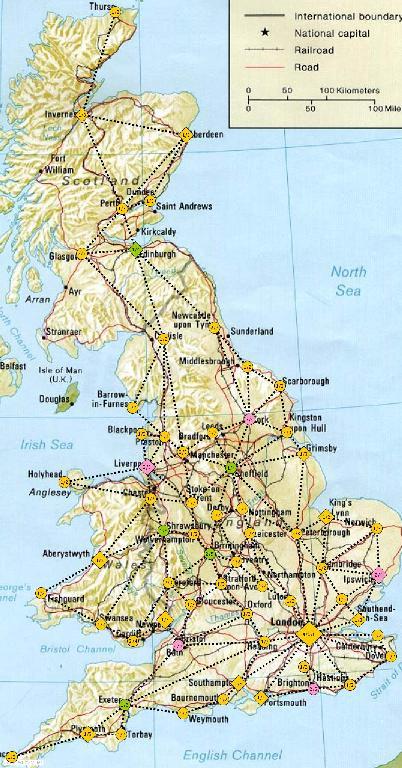Historical backpedal
The current merger rules for pre-connected home stations (see below) are backwards. The merger companies were the agglomerates. The GWR (for instance) was a merger of many other smaller railway companies, as was the LNWR the NER, etc. They also (obviously) started later than the companies they acquired.
Thus, I’m reversing the direction of share flow for mergers. If a merger company’s home station is connected when it starts, all the connected railways merge into the merger company (which makes a sort of historical sense), and then the merger company pays out a special dividend. Of course this makes no difference in terms of where the money goes and how much of it, but it does make better thematic and historical sense. It also makes the game slightly cheaper to produce as less merger shares will be needed for the initial companies.
